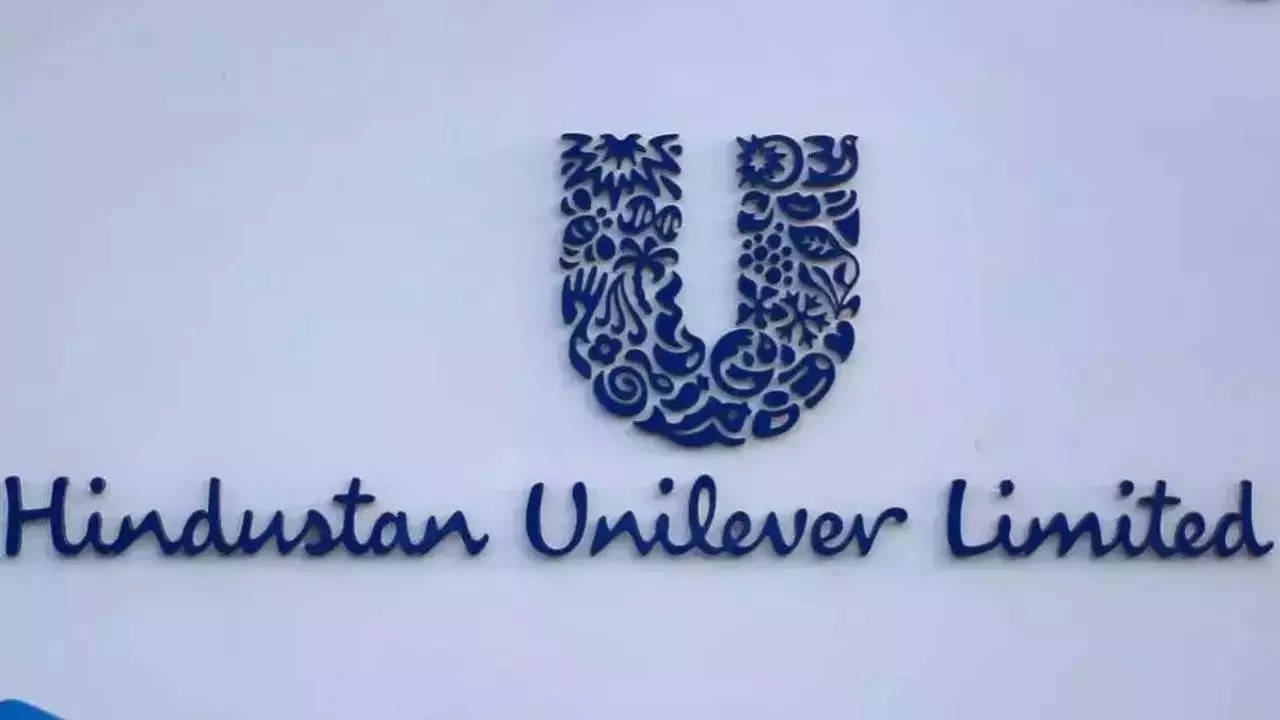HUL net profit falls amid tepid demand
March quarter net profit at Unilever's India unit declined to ₹2,406 crore, below analyst expectations, from ₹2,552 crore a year earlier. Revenue was little changed at ₹14,693 crore against ₹14,638 crore a year earlier.
Mumbai: Hindustan Unilever (), India's largest consumer goods maker, reported a 6% drop in in the wake of flagging despite price cuts and is looking to volume-led if remain stable. That will help the company hold prices or lower them further, while a bountiful monsoon, as predicted by the weather department, could see rural demand rising in time.March quarter net profit at Unilever's India unit declined to ₹2,406 crore, below analyst expectations, from ₹2,552 crore a year earlier. was little changed at ₹14,693 crore against ₹14,638 crore a year earlier.
 Agencies
Agencies'Below Street Expectation'
For the year ended March, the company posted a 3% increase in revenue to ₹59,579 crore while net profit rose 2% to ₹10,114 crore. The company proposed a final dividend of ₹24 per share.
"We would like very much for us to grow faster," HUL managing director Rohit Jawa said after the earnings announcement on Wednesday. "There is not much price in the market for anyone. When price comes back, we will go back to our trend rate and will clock those toplines and so will others. Rural areas are improving and that growth will come back to us."
The maker of Rin detergent and Lux soap said sales volume, or number of units, rose 2% in the fiscal fourth quarter, indicating growth was entirely driven by demand rather than price hikes. HUL's performance is considered a proxy for broader consumer sentiment in India.
"What we can do is to drive competitive volume growth," Jawa said. "There is growth in the market but is not evenly distributed."
The company said it expects marginal price growth only by the end of the current fiscal year. Also, while there has been a gradual recovery in rural demand, the urban market is still ahead on a two-year compounded annual growth rate basis.
During the quarter, revenue rose about 1% in the largest segment, homecare, which includes brands such as Surf and Domex while volume expanded at about 5%. HUL's beauty and personal care business, which saw the highest price cuts and grammage increases, fell 2% while food and refreshments grew 4% by value although volume was flat for both segments.
Over the past decade, daily needs goods brands have increasingly relied on rural India for sales, where purchase behaviour is largely linked to farm output.
"Inflation in the fast-moving consumer goods (FMCG) market across the board has been pretty high," Jawa said. "So it is taking some time for the rural consumers who had to titrate their consumption and more discretionary categories, more titration. But we are entering a better phase ahead with all of that behind us and a better monsoon will also help agri-economy."
Analysts said HUL's performance was below street expectation with its 10th consecutive quarter of mid-to-low single-digit volume growth.
"The worst is behind them with gradual recovery," said Abneesh Roy, executive director at Nuvama Institutional Equities. "The stock price reaction could be neutral as the numbers were largely in line although volume growth was below street expectations of 3%. Better monsoon should augur well for them."
India's price-sensitive consumer industry has faced a demand crunch after companies raised sticker prices by almost a quarter in the past two years to offset the impact of input costs. These had first climbed in the immediate aftermath of global supply chain disruptions spawned by mobility and business curbs deployed to contain the spread of the coronavirus.
Subsequently, record low policy rates in the world's richest countries and the Ukraine conflict caused commodity prices to spike. In the past four quarters, companies have been slashing prices amid visible consumer preference for cheaper products, but the strategy hasn't helped boost volumes just yet.
HUL's gross margins expanded by 350 basis points (bps) in the fourth quarter, while the earnings before interest, taxes, depreciation, and amortisation (ebitda) margin fell 30 basis points to 23.4%. One basis point is a hundredth of a percentage point.
The stock ended marginally down at ₹2,259.15. Results were announced after market hours.
Source: Stocks-Markets-Economic Times
